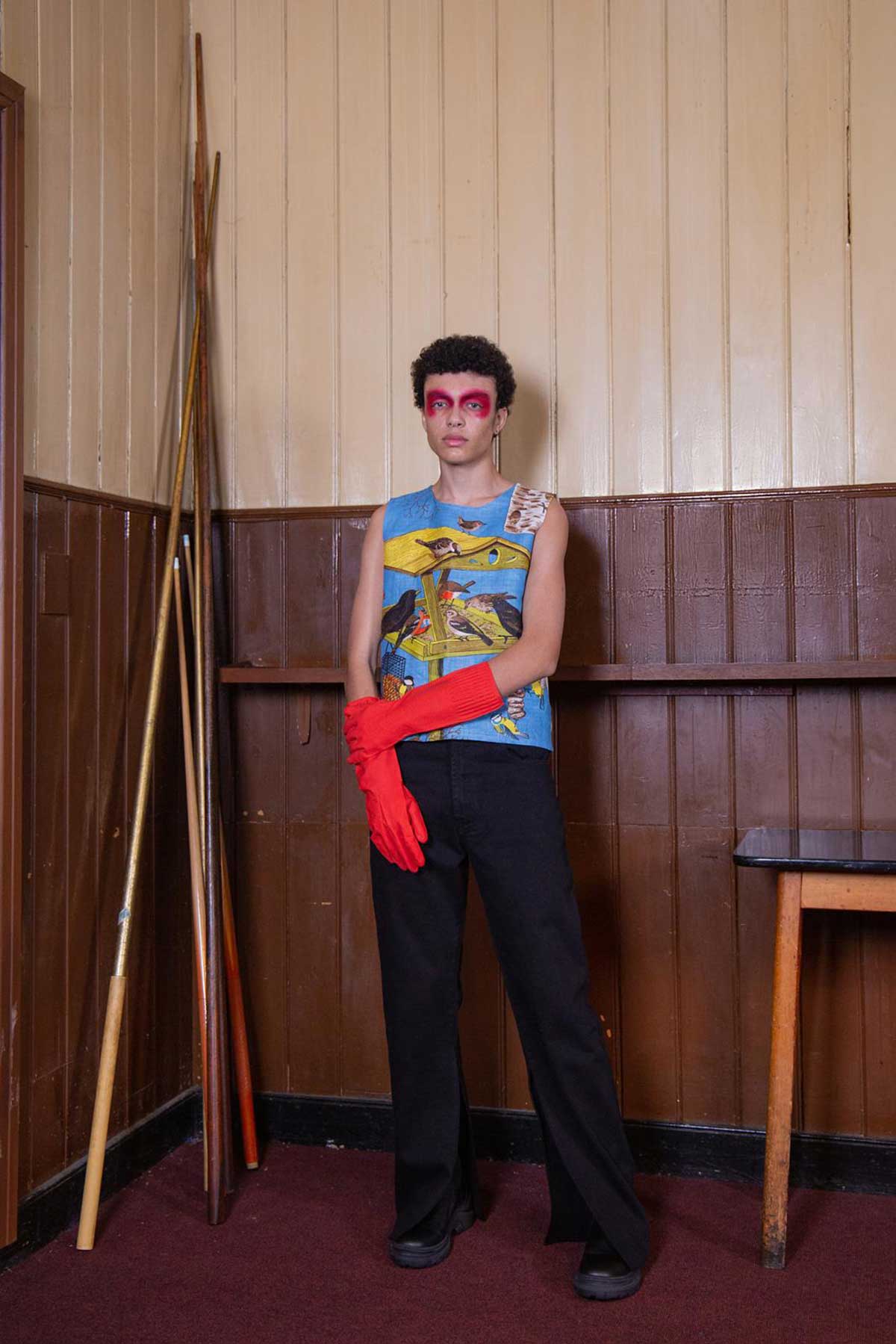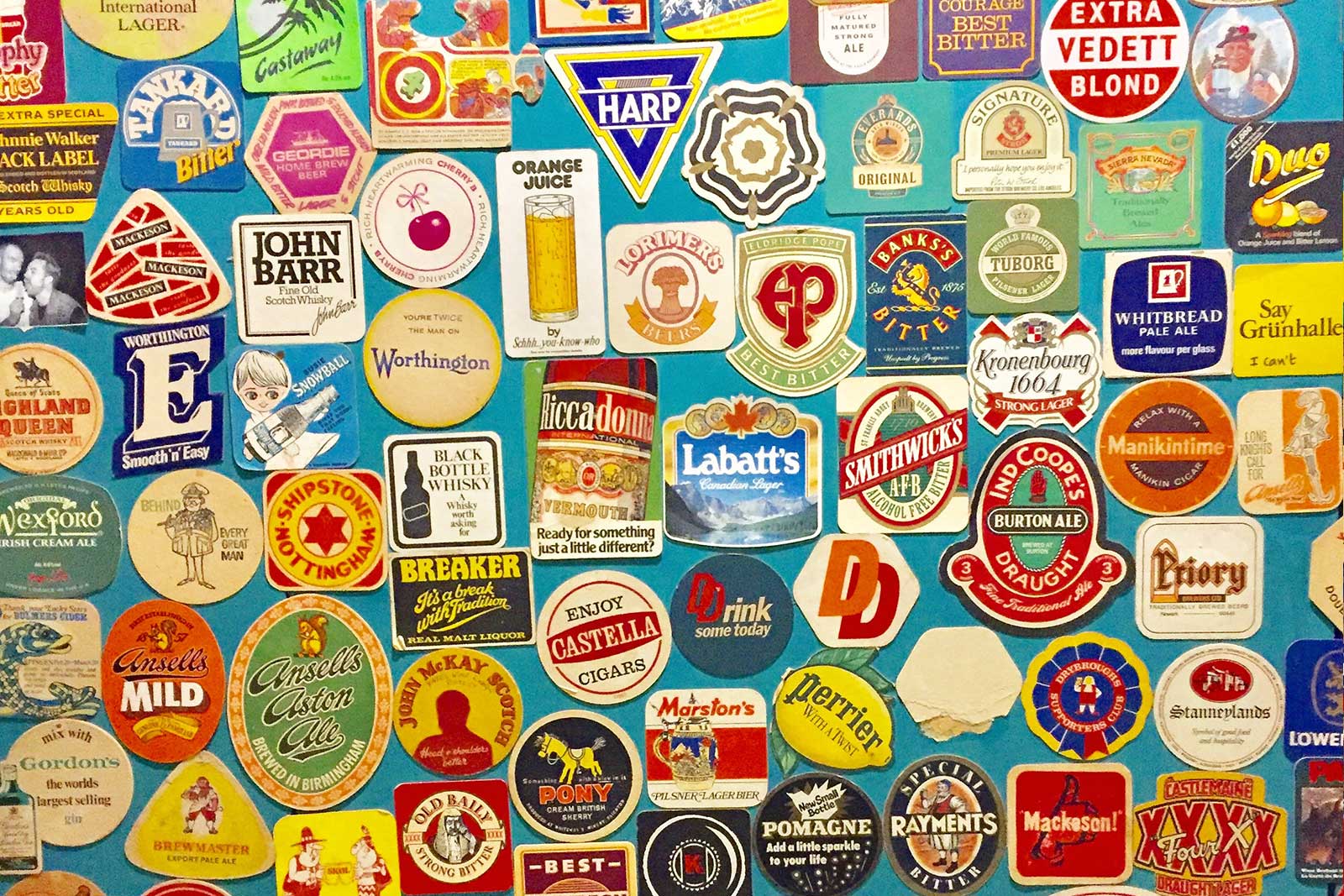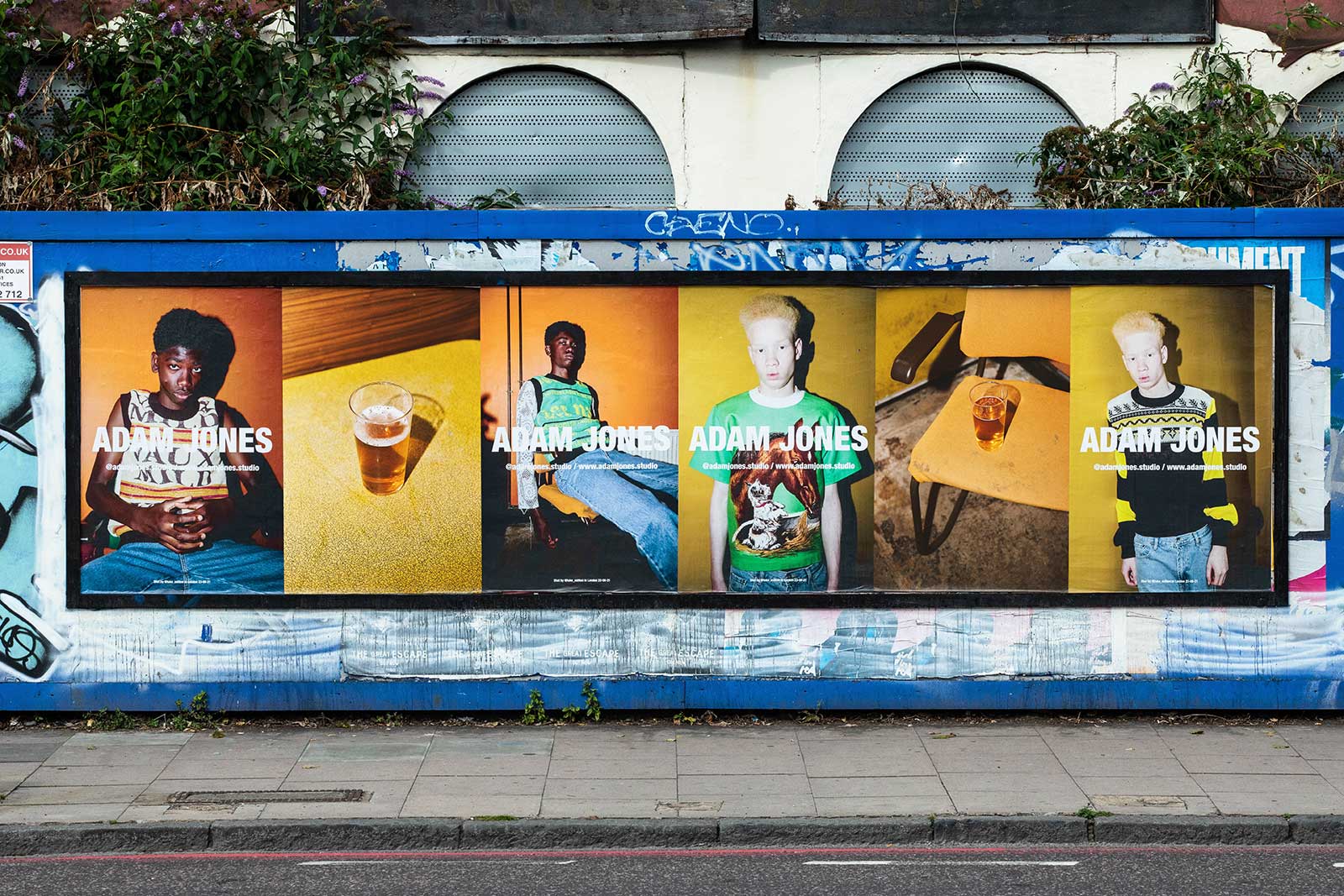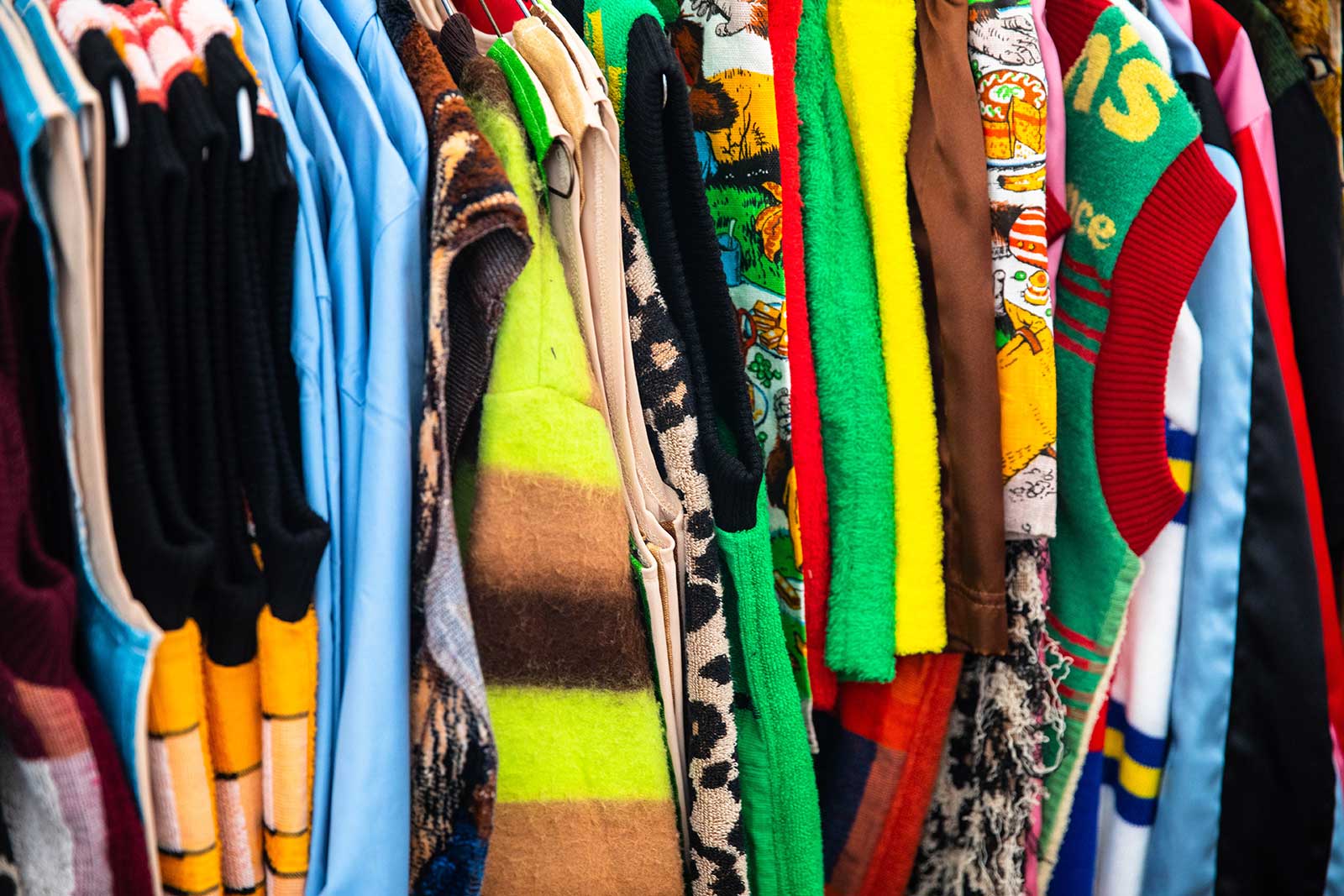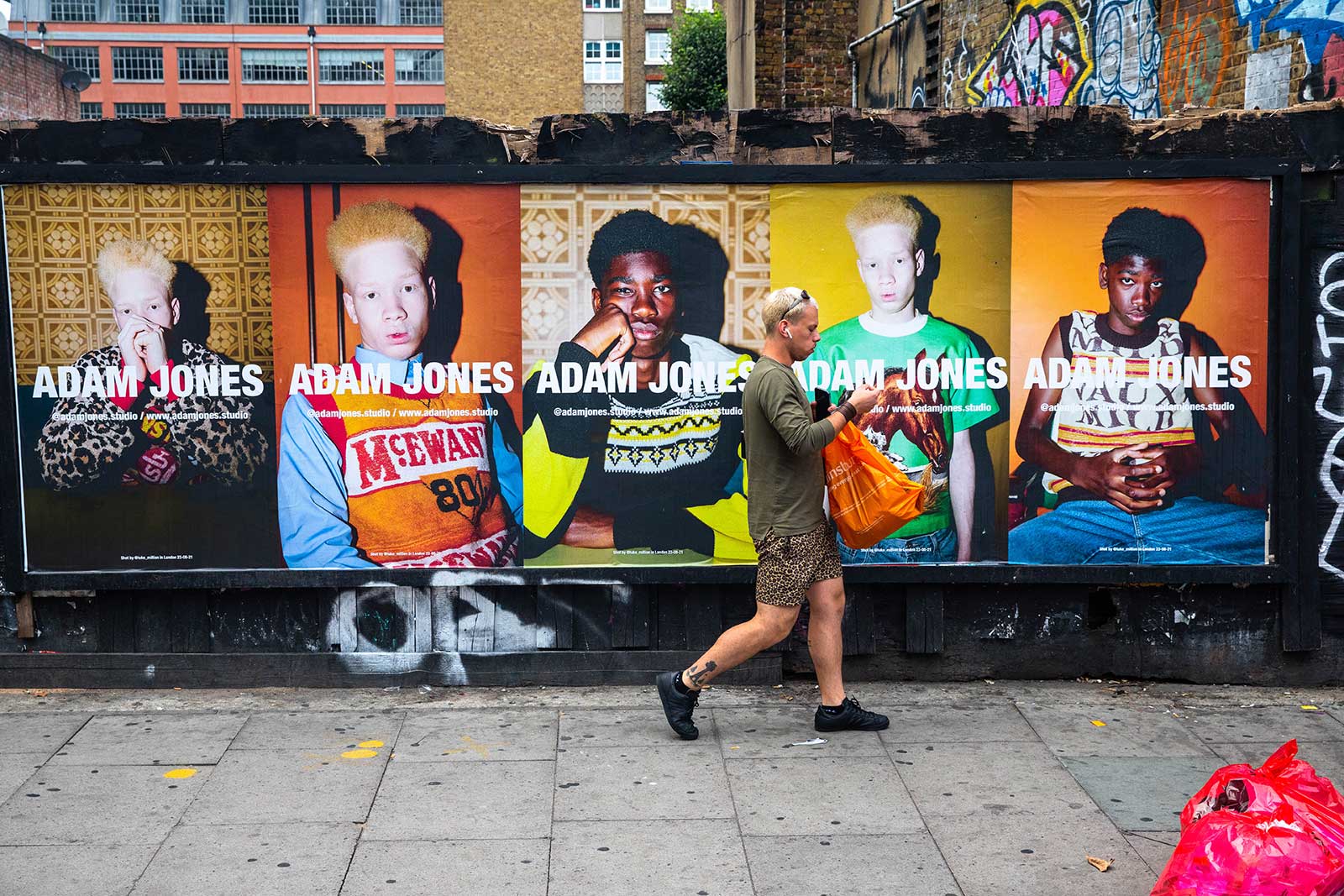Your grandma was a big influence on you when you were growing up. What was it about her sense of style that captured your imagination?
Adam Jones: I spent a lot of time with her. She used to pick me up from school when my parents were working so I’d be at her house every day after school with my other six cousins. They’d be running around doing whatever, but I was the oldest one so me and her would sit and just draw. She’d get all her old clothes out and just show me them and enjoy telling me the history of them like, ‘This came from my grandmother in the 1920s.’ And, I don’t know, I just became obsessed with clothes.
She would make all or most of her own clothes, or wear hand-me-downs from the 1920s, 30s, and 40s. And, like most grandmas back in the day, she just was always dressed to the nines whatever occasion. I used to go to chapel with her every Sunday and she would just be wearing mink stoles. She was out there, for Wales especially. She’d spent time in London and used to shop in Selfridges and then moved back to Wales with all these clothes and would just wear them to go to Tesco. Yeah, she was quite excessive – living in a humble, drab, unshowy place but she’d still dress like she was swanning around London. She’s an artist, a painter. She’s the only one that I could talk to about creative stuff.
You already mentioned the lure of the old man’s pub. What aspects of pub culture appeal to you? And do you think it’s a kind of disappearing world?
Adam Jones: I was like a very good boy in Wales. I was the firstborn and I was quite sheltered. You know when you go to parties and all your friends are drinking, I’d be like, ‘Oh no, not allowed.’ I never drank till I was 18. So, as soon as I could, I was very much out there. I would drink alone in my local pub when I was 18. I just really embraced it and loved it because now I was actually allowed to go. And, yeah, in Wales the pubs are very much stuck in a time period of the 70s and 80s, they haven’t changed, they haven’t had a refurb. The locals like it like that and it just still looks like that. And so that’s what I knew.
So, moving to London, I kind of sought that out and started looking for those places that I was used to… It’s just the colours, it’s you know. When you’ve got an eye for fashion, you can’t help but notice the wood against the green pool table on top of those red, brown, orange, sunbleached carpets. It’s a lot of colour and texture for the mind. You’ve got, you know, all the kind of paraphernalia on the walls and it’s just like, so much to take from it, for me. You could just sit down there and make the entire collection out of that room.
In Wales, people wouldn’t get dressed up to go to the pub. You’d get like someone in the high vis next to a builder covered in paint. And then there’s that crazy lady from next door in a leopard print coat in a dressing gown. There’s just so many locks in a small place and everyone’s getting on with each other.
Which are your favourite pubs you’ve discovered in London?
Adam Jones: I love the Edgar Wallace near Temple, that’s one of my favourites. The Dog and Bell in Deptford is great. And there’s Skehans in Nunhead.







